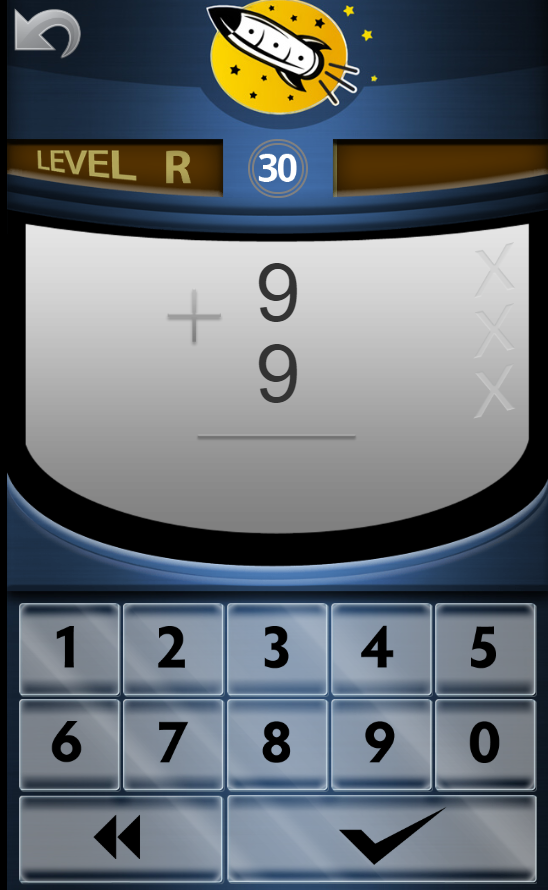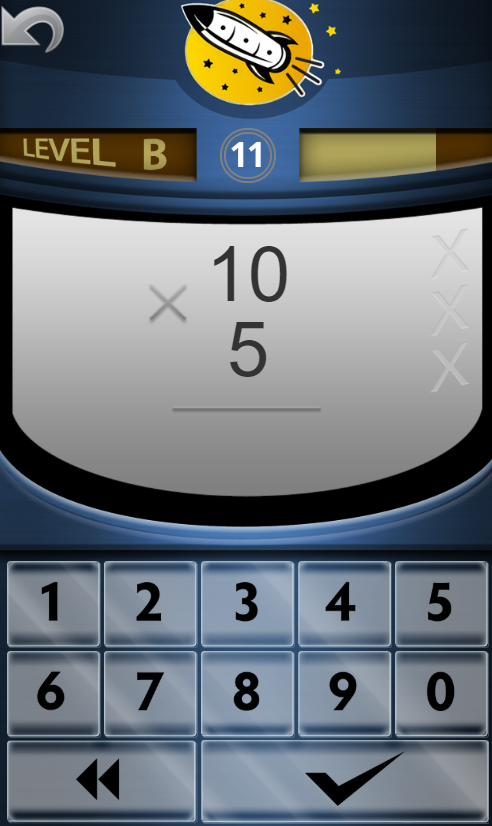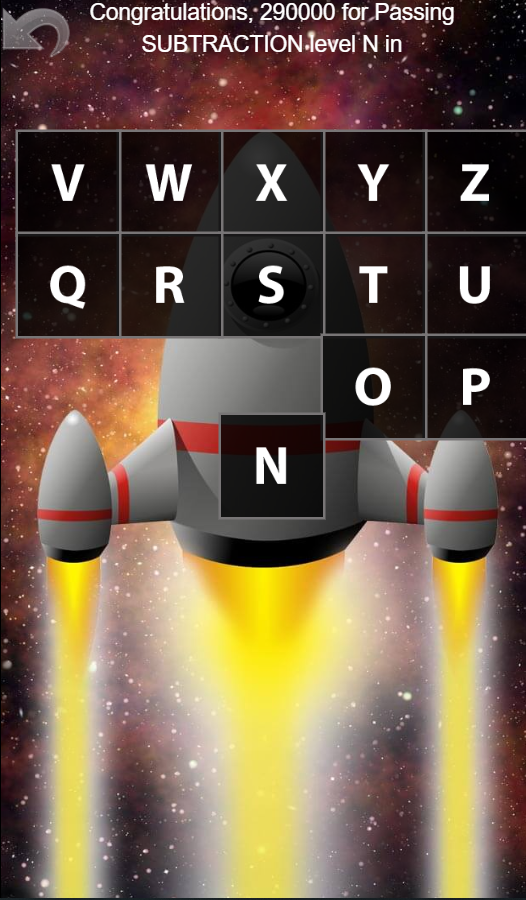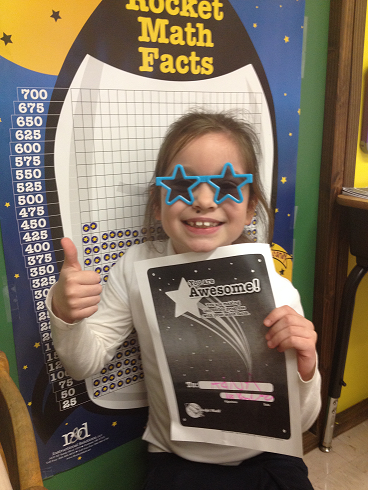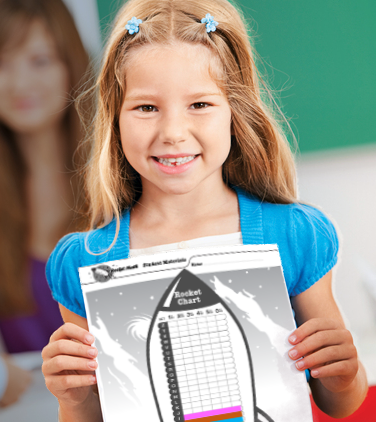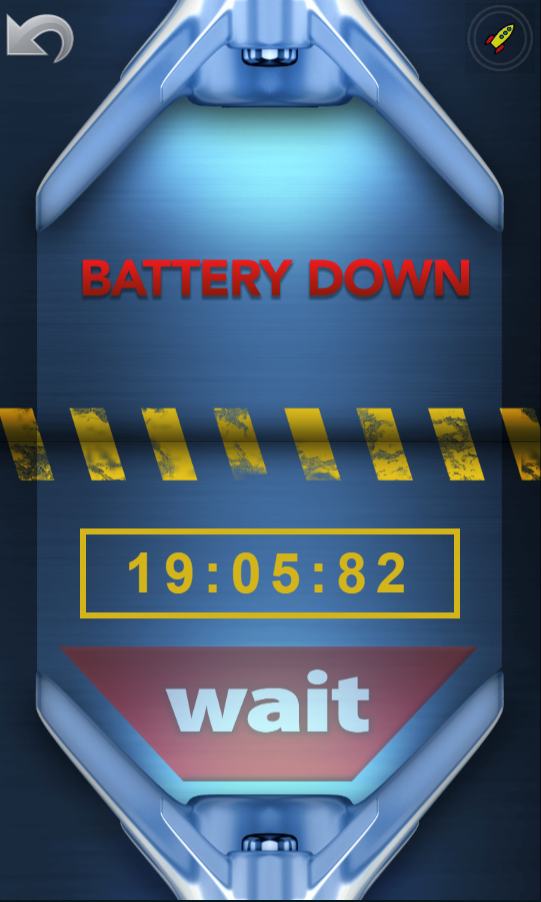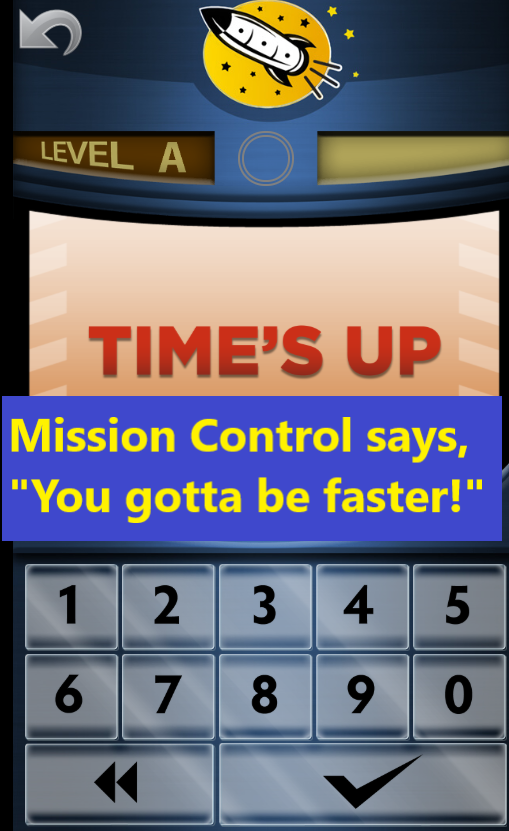What are Math Drills?
Math drills are exercises given to students that can help improve their speed and ease of recall. The goal of math drills is to help students develop automaticity, allowing them to instantly recall from memory the answer to any math fact. If carefully designed timed math drills can help check which facts the student has learned and which ones the student needs to work on. If not carefully designed, they can be a terror to children. Carefully designed math drills in the elementary grades can smooth the way for easy success later on in math.
 Why Is Math Fact Fluency Important?
Why Is Math Fact Fluency Important?
Math fact fluency is important because it is the first step to developing automaticity. Automaticity frees up the students’ short term memory for more important questions. It means students can answer basic math facts like 7 x 9 or 4 + 8 instantly, by recall without effort. Students who aren’t fluent in math facts, have to stop and figure out facts, and then won’t be able to focus on higher-order math lessons. This could lead to them missing parts of the instruction.
How Do Online Math Drills Help Children Develop Math Fact Fluency?
Correctly recalling the answer to a math fact strengthens the neural connection between the problem such as 9 plus 7, and its answer, 16. [Note that repeating a fact over and over does not achieve the same result. Finding the answer in memory and producing it is what strengthens that connection.] Math drills that ask students to recall answers to a couple of targeted facts, mixed in with other facts the student already knows, makes those neural connections stronger until they can answer those targeted facts correctly, and eventually without any conscious thought. The curriculum should not go on to target any more new facts to learn until the student is fluent with the ones learned so far. A computer program is able to patiently provide this practice for as long as each student needs, which is wonderful.
Why are Math Tests Timed?
Math tests are timed to tell if students are solving math facts by recall rather than deriving the answer. By timing the tests, teachers can tell which students are able to recall answers instantly and which ones need more help to develop automaticity.
 Before I understood this, I made students do pages of mixed math facts, which they did by figuring them out. However, that practice was not helping them become fluent. Timing those pages of mixed facts would not have helped either. In graduate school, I was taught the learning principles that would help students develop fluency. Students need to focus on a small number of facts so they can recall them. So math drills should be composed of a carefully selected set of facts. This is the key to the design of Rocket Math and is why it works so well.
Before I understood this, I made students do pages of mixed math facts, which they did by figuring them out. However, that practice was not helping them become fluent. Timing those pages of mixed facts would not have helped either. In graduate school, I was taught the learning principles that would help students develop fluency. Students need to focus on a small number of facts so they can recall them. So math drills should be composed of a carefully selected set of facts. This is the key to the design of Rocket Math and is why it works so well.
What Kind Of Drills Should Your Child Do?
At the very least, your child should learn the basic 1s through 9s math facts of addition, subtraction, multiplication, and division. These will make a huge difference in your child’s success in math. However, if you want to help your child become really proficient and confident in math, there are more things you can drill at each grade level.
 Kindergarten Math Drills
Kindergarten Math Drills
Kindergarteners need to be able to count objects as well as rote count. Rocket Math’s Beginning Numerals program helps them learn to count objects and match the result with the right numeral. They should practice counting up to 20, at least, and counting by tens to 100. Kindergarten students also need to learn the concept of addition, of combining two groups to find the total. The Rocket Math Conceptual Addition program will guide a teacher in developing concept of addition as well as the skill of “counting-on” from a number. Kindergarteners should be explicitly taught how to write the numerals and be given drills to practice consistent numeral formation. Obviously this is not something that can be practiced online, but a good writing practice program such as Rocket Writing for Numerals will set your child up for success.
1st Grader Math Drills
In first-grade, learning how to count and write numerals is assumed. The key skill to drill on in first-grade is Addition facts 0 through 9. Once those are learned, children can drill on addition facts to 20, such as 13+6, or 4+15. You can also drill first-grade students on fact families, which combine addition and subtraction facts. A fact family example is 3+2, 2+3, 5-2, 5-3. In first-grade fact families (+, -) up to 10 is a reasonable amount to learn.
2nd Grader Math Drills
If addition skills from first-grade are mastered, then drilling on subtraction facts 0 through 9s are the top priority. Once those are learned, students will benefit from drilling up to the 20s in subtraction, such as 17-5 or 19-8. You can also drill second-grade students on fact families, which combine addition and subtraction facts. In second-grade, once fact families up to 10 are mastered, you can drill them on fact families from 11, such as 8+5, 5+8, 13-5, 13-8. Skip counting, or counting by a number (such as by fours- 4, 8, 12, 16, 20, 24, 28, 32, 36, 40), is useful to learn in second-grade. Also, second-grade is not too soon to begin drilling students on identifying fractions.
3rd Grader Math Drills
Starting in third-grade multiplication facts is essential from this point onward and can’t be counted on fingers. The basic multiplication facts 1 through 9 must be memorized and drills are the only way to do that. Even if addition and subtraction are not yet mastered it is essential to get multiplication facts learned. Then you can go back and pick up addition and subtraction.
Alternatively, or additionally, students can begin drilling on fact families in multiplication and division. An example of this kind of fact family is 4 x5 , 5 x 4, 20 ÷ 4, 20 ÷ 5. Fact families up to 20 are enough in third-grade.
After multiplication facts 1 through 9, you can move on to drilling the 10s-11s-12s. Also, Identifying Fractions is something that third-grade students can become fluent in. Factors (finding all the factors of a number) can be drilled at this grade level or any time in the next three years.
4th Grader Math Drills
In fourth-grade, it is essential that multiplication facts 1s through 9s are in place first before drilling on division facts. Students will quickly realize division facts are just the opposite of multiplication facts. Once division facts 1s through 9s are learned, you should go back and make sure that addition and subtraction are mastered. After addition and subtraction facts are automatic, then start students on multiplication 10s-11s-12s and division 10s-11s-12s. Once all of these are mastered, students can work on either identifying fractions or factors. Another skill that can greatly help students in later grades is memorizing equivalent fractions.
5th Grader Math Drills
 Students in fifth-grade or higher should be fluent in all these basic math areas: multiplication (1s through 9s), addition (1s through 9s), subtraction (1s through 9s), and division (1s through 9s). These can be strengthened by doing fact families with each of these operations: fact families (+, -) to 10, fact families (+, -) from 11, fact families (x, ÷) to 20, and fact families (x, ÷) from 21. Once these are done, students can start drilling on factors, identifying fractions, equivalent fractions, then learning to add and subtract integers. Then the students can start multiplication 10s-11s-12s and division 10s-11s-12s. The same sequence applies in any grade after fifth. The more facts learned in math to the level of automaticity, the easier the rest of math will be.
Students in fifth-grade or higher should be fluent in all these basic math areas: multiplication (1s through 9s), addition (1s through 9s), subtraction (1s through 9s), and division (1s through 9s). These can be strengthened by doing fact families with each of these operations: fact families (+, -) to 10, fact families (+, -) from 11, fact families (x, ÷) to 20, and fact families (x, ÷) from 21. Once these are done, students can start drilling on factors, identifying fractions, equivalent fractions, then learning to add and subtract integers. Then the students can start multiplication 10s-11s-12s and division 10s-11s-12s. The same sequence applies in any grade after fifth. The more facts learned in math to the level of automaticity, the easier the rest of math will be.
How Can Rocket Math Online Tutor Help Your Child Learn?
The Rocket Math Online Tutor provides the right amount of drill to help your child learn these basic skills. Providing plenty of practice, it is timed and requires students to recall facts (answering within 3 seconds) before moving on to learn more facts. They work their way up through 26 sets, from Set A to Set Z, learning more facts as they go along. The game provides many milestones of progress, lots of little breaks and congratulations as students progress through the twelve Learning Tracks. You can place your child in these tracks in the order you choose. The Rocket Math Online Game includes the following sixteen Learning Tracks.
 See a video of how it teaches here.
See a video of how it teaches here.
The Rocket Math Worksheet Program also provides math drills
Math drills are important for setting your students up for success later in life. Help them build their automaticity and become fluent in the basic math facts through Rocket Math Worksheet Program. The Rocket Math Worksheet Program includes more Learning tracks than the Online Games and you can use this program to help your students with basic math skills.
Here is a list of the worksheets in the Rocket Math Worksheet Program.
- (1) Beginning Numerals (counting objects) K
- (2) Rocket Writing for Numerals
- (3) Add to 20 (e.g., 13 + 6, 4 + 11, 15 + 5)
- (4) Subtract from 20 (18-15, 15-5, 19-8)
- (5) Fact Families (1-10) Add & Subtract
- (6) Fact Families Part Two (11 to 18) Add & Subtract
- (7) Identifying Fractions
- (8) 10s, 11s, 12s Multiplication
- (9) 10s, 11s, 12s Division
- (10) Factors (How to find all the factors)
- (11) Skip Counting
- (12) Learning to Add Integers (positive & negative numbers)
- (13) Learning to Subtract Integers (positive & negative numbers)
- (14) Mixed Integers (add & subtract positive & negative numbers)
- (15) Equivalent Fractions
- (16) Learning Addition Computation
- (17) Learning Subtraction Computation
- (18) Learning Multiplication Computation
- (19) Dictating Sentences (Rocket Spelling)


